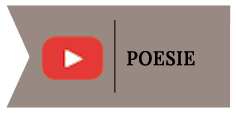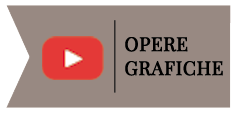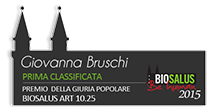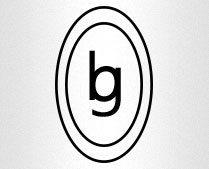CARLO VITTORIO BIANCHI – 30 January 1985
Giovanna Bruschi: a skillful burin from earth to heaven
It has been written that the engraving is the most aristocratic and at the same time the most popular of the arts. Aristocratic for the concentration that the creative process required. Popular because the work requires a careful interpretation, with an accurate close examination; it demands to be looked at as you look at the page of a book, and its message can easily be divulged due to its ability to be reproduced in several copies, including the limited editions. In its various formats as woodcut, etching, aquatint, dry point and others, the etching process achieves various results with phenomenal results. We must also bear in mind that when the engraver – with his burin or lithographic pencil – makes his incisions on a metal plate, wood or stone surface, he must have in mind the end result of his work. This process is therefore based on a vision rather than on the actual technique. The artist draws his lines and controls the shadows using wax and acids in view of an imagined pattern, which it is still invisible at this stage, and it will become visible only at the end of this process, provided it will succeed.
We thought of all this during a visit to the beautiful residence (and studio) of the engraver Giovanna Bruschi in Perugia. All around, from glass cases, walls and tables covered by work in progress, the environment is charged with a fervent imagination, self-discipline and an indomitable creative ability that draws its own energy from undivided attention. Bruschi’s art derives its roots from the past, mostly from a vocation matured attending the classes at the Academy of Fine Arts in Perugia, under the direction of Gerardo Dottori’s painting courses and, above all, those of the master engraver Diego Donati. Soon, she developed a special attraction to the art of engraving, sustained by the natural disposition for a weltanschauung filtered in the inexhaustible crucible of the mind: a cerebral art requiring a patient operation. She began to look around, looking closely at the blades of grass, the leaves, the flowers, the trees. This was the first universe of her figurative representation. Then she looked further around her, and saw the old peasant farmhouses, the trees the hills, the clouds. Her engravings were inspired by the landscape interpreted with stark realism. After an initial botanical phase, Bruschi moved on to a different genre: man and the signs left behind him on the earth that gives him daily bread. Between these two worlds, Bruschi places the biblical image of Eve asleep, lying gently on the fertile earth, symbolizing the womb of the species, an Edenic vision of the noblest reward for man’s brave courage. Eva is a great engraving, and the product of an impressive incision and printing that required a very particular set of skills, standing out as a prestigious work of contemporary engraving, a work of vast scope and great poetry. But the themes of Giovanna Bruschi then expanded into the broader paths of thought and faith. Driven by the linear rigor of her burin, she moved along the complex path of theological representation and speculation, obtaining mysterious images of rare vigor and graphic clarity. Among them, her creative Vis recalls the cosmic and the paranormal. The graphic sign draws on dreamlike and divinatory values of an abstract dimension within a formal balance from which the engraver cannot ignore if she does not want to lose the connotations proper to her language.





